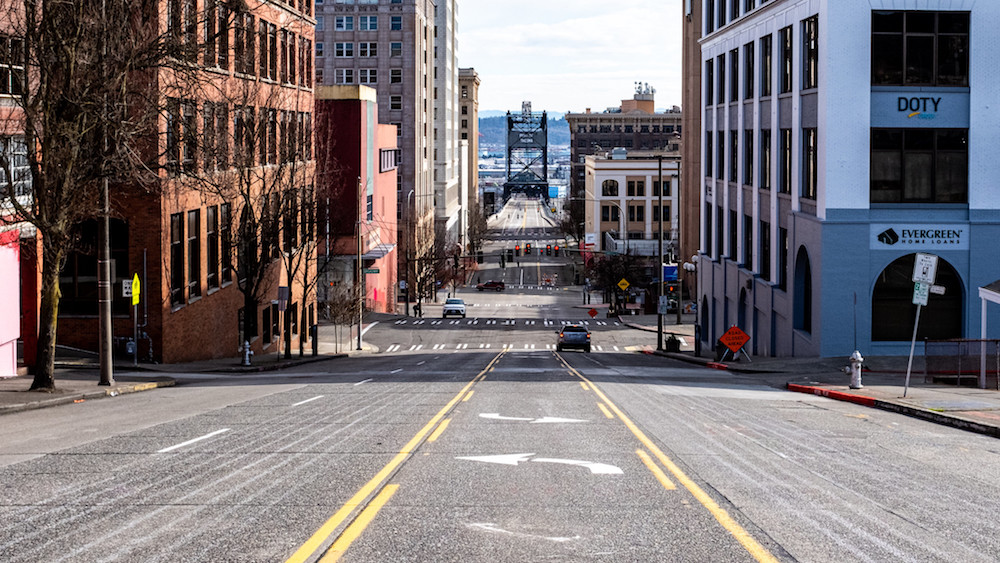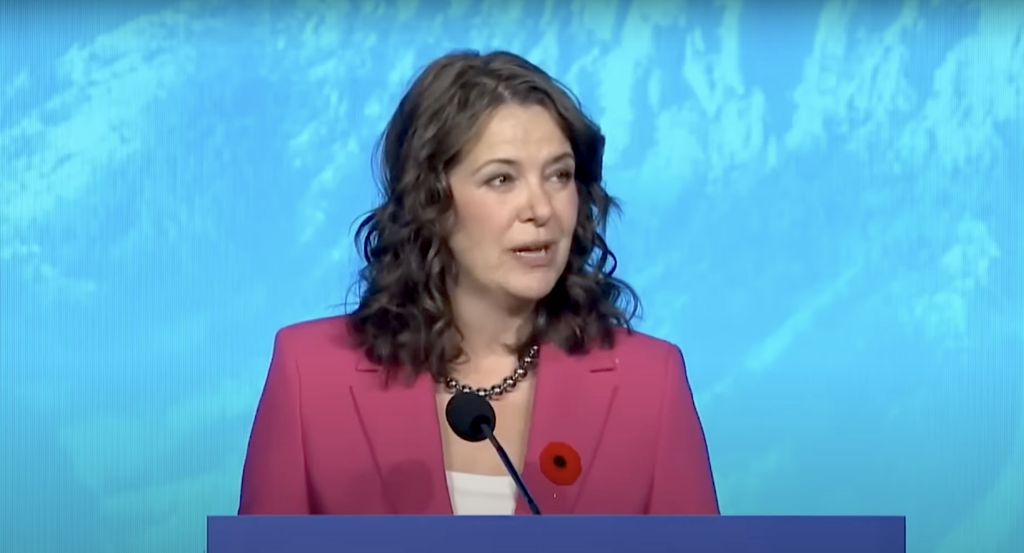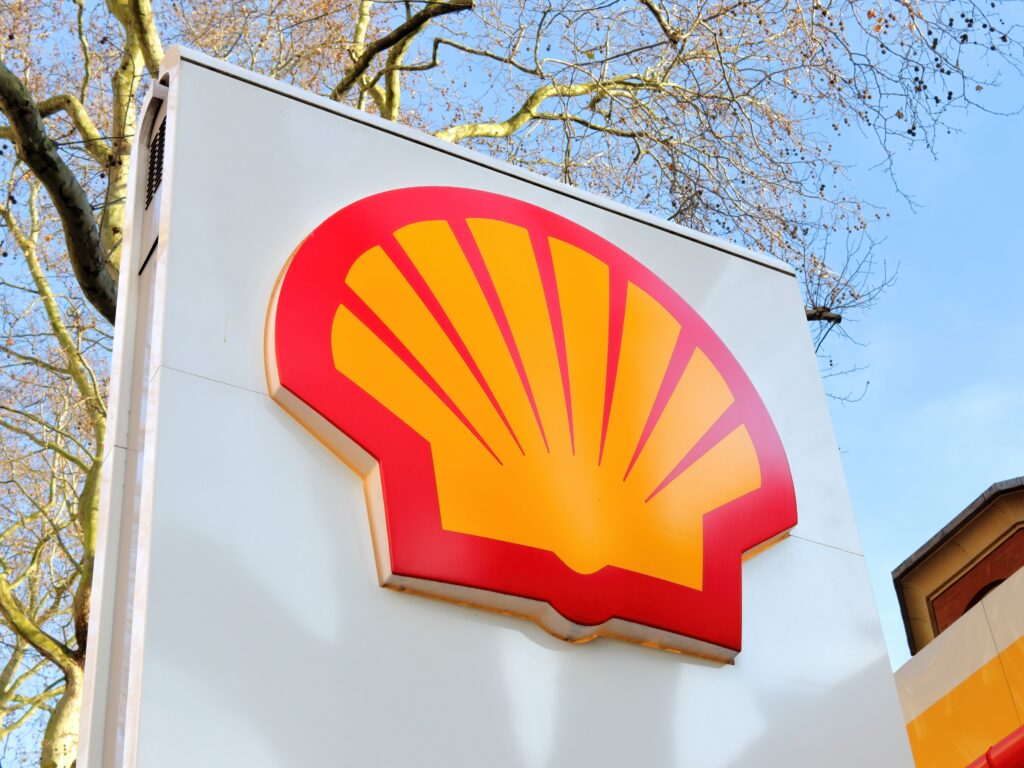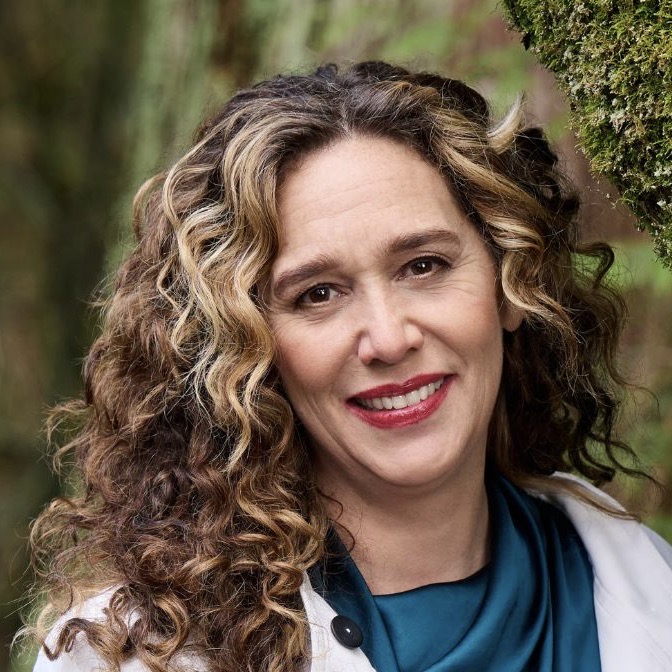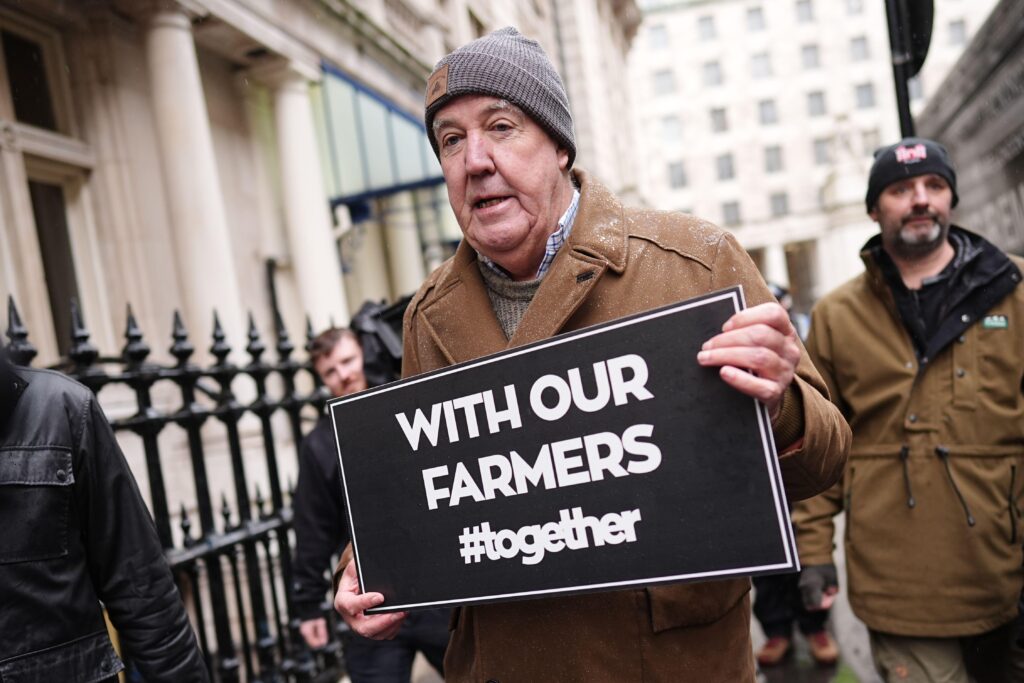This story originally appeared in Capital & Main and is republished here as part of Covering Climate Now, a global journalism collaboration committed to strengthening coverage of the climate story.
By Judith Lewis Mernit, Capital & Main.
If you, like me, tote an albuterol inhaler throughout your city’s smoggy summers and inversioned winters, you might have noticed an ironic, upbeat side effect of the nation’s mass grounding: It’s noticeably easier to breathe. It’s also easier, in this time when many of us have nowhere to go, to get to places. Traffic maps of typically congested U.S. cities show ribbons of green from one sunrise to the next: Rush hours have evaporated; sig alerts — a regular feature for California commuters — are suddenly rare.
Benefits of the great shut-in have been logged around the globe. The canals of Venice, Italy, run clean and clear. Carbon-dioxide emissions in China fell by a quarter in February. Carbon monoxide, a gas that still emits from vehicles and deprives the body of oxygen, is down by half in New York City.
But cheering the clear skies of the COVID-19 epoch is a little like celebrating the return of wildlife to Chernobyl’s exclusion zone (a cliché that has been roundly parodied on Twitter): It ignores the millions of disrupted lives and thousands of deaths that came first. “It’s a very privileged view,” says Heather McTeer Toney, the national field director of the Moms Clean Air Force, who lives in Oxford, Mississippi. That’s because for too many people, the everyday toxic conditions of their neighborhoods have not changed at all.
“I think about folks in North Birmingham, [Alabama], who sit right next to a [petroleum] coke plant, or people in the Carolinas, who suffer from the water pollution that comes from the hog farms,” says McTeer Toney, who served as administrator for the U.S. Environmental Protection Agency’s Southeast region during the Obama years. “People who have had to live with chronic diseases, just based on where they live — and then we add COVID-19 on top of that.”
A long national history of housing discrimination means that mostly low-income black and Latino families inhabit those frontline communities, where industry sits hard by homes and schools, and even hospitals. As Anne Branigin writes in The Root, evidence has already emerged suggesting that the virus has hit black communities with singular ferocity.
Living with chronic pollution, McTeer Toney notes, is as much an “underlying condition” as advanced age and heart disease. “It’s clear we have to look at pollution issues as another element in describing who is most vulnerable to this disease,” she says.
* * *
Conditions in those communities could get even worse when the current quarantines lift. While the nation’s attention has been hyperfocused on setting up Zoom meetings and scouring grocery store shelves for canned tuna, polluters — from coal mining companies to oil and gas drillers — have been begging the Trump administration for favors — including the loosening of federal regulations that protect our air and water.
Those ill-timed asks add toxic insult to the public health injury in progress, say environmental justice advocates. “We know there is this inherent relationship between the protection of the environmental and personal and community health,” says Shayda Azamian, climate policy coordinator at the Leadership Counsel for Justice and Accountability, based in Fresno, California. “It should be obvious that we don’t respond to one public health crisis by making other ones worse.”
Yet that is, in effect, what’s happening. Since late February, when the reality of the pandemic began to sink in, the U.S. EPA and the National Highway Traffic Safety Administration have gone ahead with a plan to hobble fuel-economy standards set by the Obama administration – rules that had been projected to prevent 2 billion metric tons of greenhouse-gas emissions by 2025, and were backed by automaker and climate advocate alike.
Then, on March 26, the EPA announced it would temporarily relieve polluters from their duty to monitor and report air and wastewater emissions if they lacked personnel due to COVID-19-related stay-at-home orders or illness.
The fuel-economy cuts were already in the offing when coronavirus took hold in the U.S., says Sean Hecht, co-executive director of the Emmett Institute on Climate Change and the Environment at the University of California, Los Angeles. The timing likely had less to do with exploiting the pandemic than it did with working the lawmaking system. “There’s a thing called the Congressional Review Act,” Hecht says. “It allows Congress and the president to undo regulations that were passed at the end of a prior administration. Any rule finalized after about mid-May could potentially be reversed” if Democrats control the next administration.
At the same time, “It’s also really clear that there are particular industries that see a crisis like this as an opportunity,” Hecht says. The American Petroleum Institute, for instance, specifically asked the government to suspend enforcement during the coronavirus crisis; the EPA’s new policy ticked off everything on the industry’s wish list.
The temporary policy “doesn’t literally suspend all the laws as some people have [reported],” Hecht says. (The EPA later claimed “reckless reporting” caused confusion around the new policy.) What it does instead is open a mammoth loophole that polluters can drive right through.
“It’s impossible to effectively enforce environmental laws without monitoring and reporting,” Hecht says. “If that part isn’t done properly, then you don’t have the data and the information you need to identify problems.” The EPA’s directive, he says, will function “more like an honor system than an actual compliance system.”
While the relaxed fuel standards could eventually worsen air quality in cities typically choked with traffic-jam smog after people return to the roads, the impact of the EPA loosening its standards will be immediate. It makes the people who live in the shadows of oil refineries and industrial agriculture and other toxic industries — people who often have less access to health care – more vulnerable than ever.
“At a time when we are at our weakest,” Heather McTeer Toney says, “this administration is hellbent on taking care of their friends and donors at the risk of the health of American children. It’s as basic as that.”
Main image: Downtown Tacoma, Washington, mid-day March 15, 2020 during the COVID-19 outbreak. Credit: Tom Collins, CC BY–ND 2.0
Subscribe to our newsletter
Stay up to date with DeSmog news and alerts


